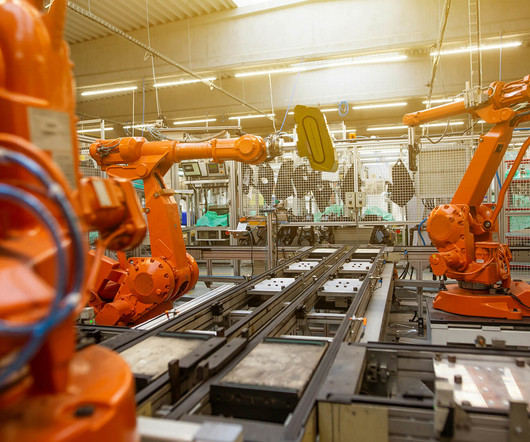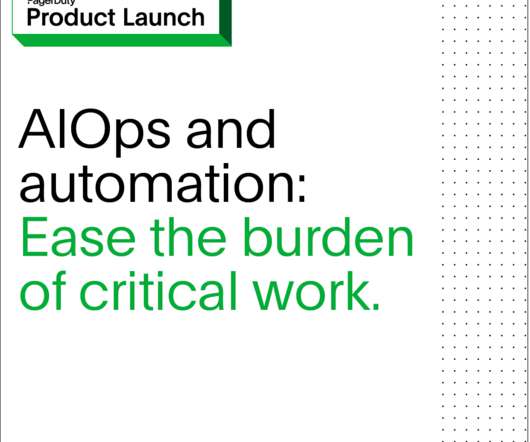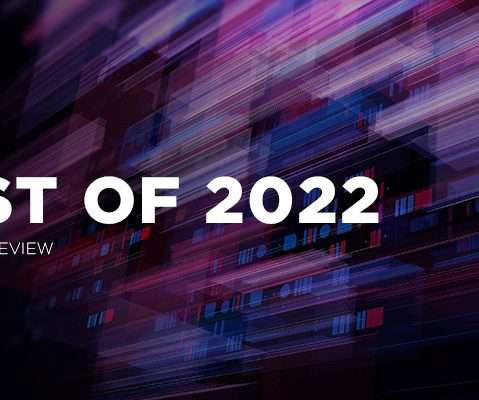IT Orchestration vs. IT Automation: What’s the Difference?
Pure Storage
MAY 17, 2024
In the context of computing, container orchestration specifically refers to the management of containerized applications, where containers encapsulate an application and its dependencies, making it portable and scalable across different computing environments.











Let's personalize your content